Quick and easy mortise drilling is possible now
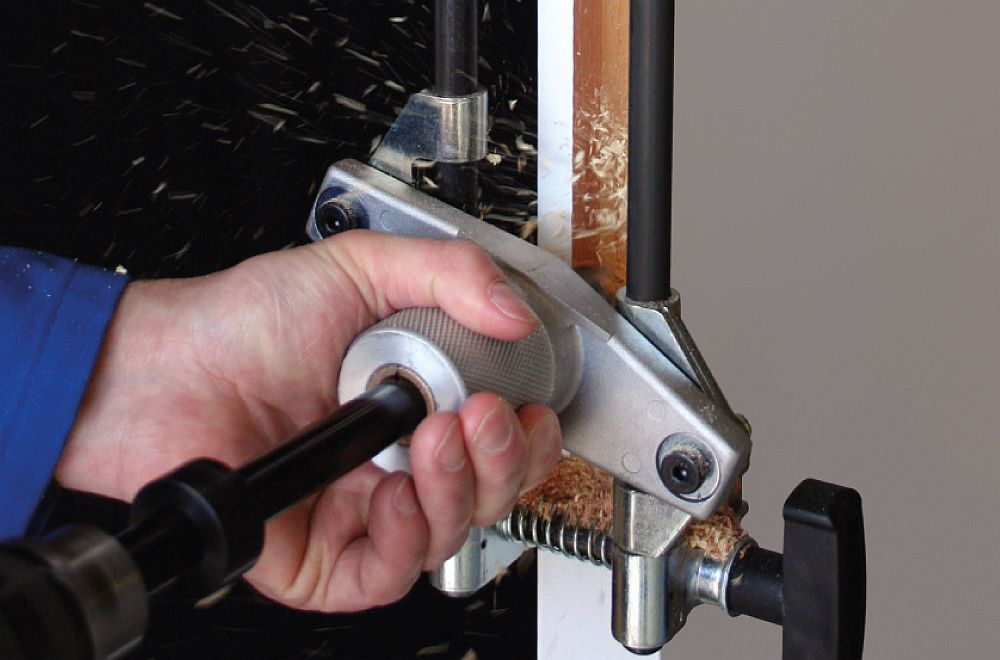
Mortise and tenon are one of the most used joints in the woodworking industry. There were a lot of woodworkers who at some point wondered how to quickly produce a tenon without a chisel or a mortiser, preferably just with power tools.
Demands for a quick and simple production of a mortise are usually to be found on a building site or when constructing wooden structures.
Thanks to the new precise and sophisticated product you can produce mortises only with a manual electric drill, which everyone has. Take a look at how simple a production of a mortice is by using the IGM Mortising JIG2 for classic rebated doors.
You will need the following to produce a mortise:
- An electric drill, speed range 2000-3000rpm with a chuck up to 13 mm.
- The IGM mortising JIG2 (code: 137-JIG2)
- HM cutters (dia. 16, 20 and 22 mm) all supplied as standard with the jig.
- Pencil, tape measure. Fittings, for which you want to create the mortise (door lock).
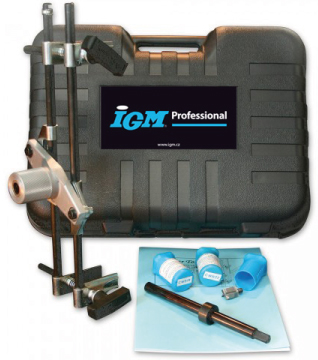
Now let's take a look at how to proceed when making a mortise:
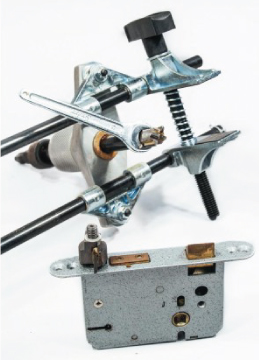
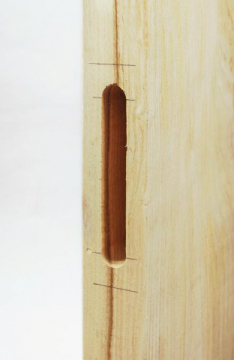
Use the fitting as a template. Placemarks on the upper and lower edges of the lock body and also marks on the upper and lower edge of the front plate. Choose the appropriate cutter which corresponds to the thickness of the lock (in our case it's 16 mm). Place it in the drill and tighten firmly.
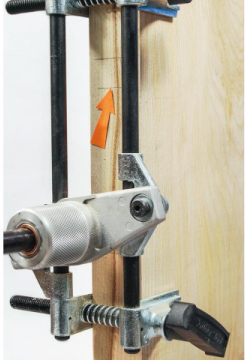
Affix the jig to the door and tighten the bottom clamp. Set and tighten the upper clamp in such a position so it serves as a stop (the cutter mustn't go past the line, marking the lock's body). Release, set and tighten the lower clamp in the same way as the upper one. Check the stability of the jig.
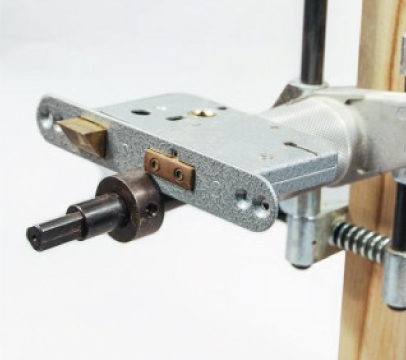
Place the cutter against the door and set the depth stop on the shaft according to your fitting. Tighten the locking screw (carefully), so the depth of cut is secure. The maximum depth of cut is 100 mm.
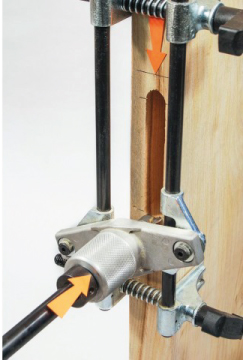

Clamp your drill onto the shaft, secure the chuck and turn on the drill, the speed should be between 2000-3000rpm. Now by gradual burrowing and by moving up and down along the jig, rout out the desired mortise for the body of the lock. Keep the rotation steady when routing.


Replace the cutters, the new one should correspond to the width of the lock plate. In our case, it's 22 mm.
Release the lower and upper clamp and adjust the jig so it fits the new measurements of the plate. Make sure the marks and the cutter correspond. Place the cutter against the door and set the desired depth stop according to the thickness of the lock plate.
Tighten the locking screw (carefully), so the depth of cut is secure.
Clamp your drill onto the shaft and rout out a mortise for the plate the same way as before.
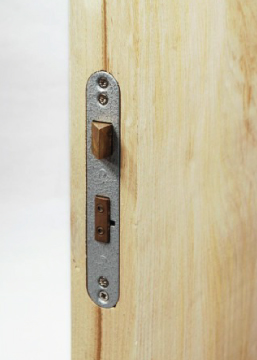
Take off the jig and fit your doors with a lock.
TIP:
When fitting a lock with a rectangular plate, use a corner chisel to knock out the corners.
We recommend using the IGM Corner chisel (code: 125-282403)
You can create mortises of all diameters, depths and sizes with our IGM mortising JIG2.
The jig is already a tremendous help to a great number of carpenters, craftsmen and handymen. Equip your workshop with this unique tool.
How does the JIG2 work and when to use it?
Back to what's new